I was going to make long stories on my Instagram about the alaïa Spring 2025 Ready-To-Wear collection but I thought that would be a disservice. Plus, I have this platform where I write about fashion, might as well talk about my favorite designers and collections. This post would happen at some point, one way or another because earlier this year I was researching Mr. Azzedine Alaïa, rest in peace, and Pieter Mulier and how their worlds collided. There are so many good designers in the current fashion space and I consider Mulier to be in the top 10 in the world. I believe in him so much, I have dubbed him and two other designers my fashion fathers. Mr. Alaïa is also someone I have always admired in fashion. When I was younger flipping through magazines or watching the FF channel as I waited for my mom to finish doing her hair, I did come across some of his designs. As I have gotten older, I have even become more intrigued with the brand, and I’m so glad Richemont took the time to find the right person to continue Mr. Alaïa’s legacy. With Pieter Mulier, the house's codes are still intact, while still being innovative.
Azzedine studied Sculpture, and Pieter studied Architecture.
Azzedine Alaïa was born and raised in Tunisia. He recounted the stories of his upbringing for Interview Magazine with an exchange with Stephanie Seymour Brant, who considers herself one of his many daughters, and he also told the same story to Hans Ulrich Obrist for System Magazine. He was inspired by the women in the place he grew up. He mentioned how his grandfather was a police officer and worked in the passport and ID card department in Tunisia. He said that he would steal the passport pictures that had been discarded, take them home, arrange them, and admire the faces. He said he would always look at the women who came in there and marvel at their beauty. However, one of the many women who changed his life was a midwife by the name of Madame Pinot. She had delivered him and all his sisters. He hung around her and even learned how to deliver babies himself. It was she who helped him get into the École des Beaux-Arts. He mentioned that she was the first person who taught him fashion. This is where he learned sculpture and he details how in one of his classes, the teacher asked them to choose an element or a sculpture to copy, and Alaïa “instantly spotted a bust of Madame de Pompadour with her curls and cleavage”. He was always interested in the sculpting of the female body, and that is how he approached fashion. He once said, “For me, fashion is the body”. He also mentioned that he was inspired by film and he was always surrounded by artists when he moved to Paris, so he approached fashion through other influences, and the same can be said for Pieter Mulier.
Pieter Mulier went to Belgium's Royal Academy for Architecture. In a recent The Run-Through Vogue podcast episode, they interviewed Mulier after his Spring 2025 collection presentation and he said that Raf Simons came to his final presentation at college and told him he was not an architect but a designer, and Mulier disagreed. I think Mulier’s background impacts collections greatly. He also has over 15 years of experience working in fashion and at different fashion houses as Raf’s right-hand man, but the architect in him is an experience that is good for his fashion career because it approaches fashion as more than just clothes and accessories. Before this collection, I didn’t know Mulier had gone to school for Architecture, so I made a comment about how he seems to have this relationship with it through his designs and also the places he chooses to stage the collections, then a few days later I listened to the Vogue podcast and they mentioned that he went majored in Architecture, and all the dots connected. You should also watch his house tour on Vogue's YouTube, it is incredible.
We think the most important similarity between fashion and architecture is that they share the same starting point: the human body. Both disciplines have a function of protecting-if not sheltering-the body, the flesh, and skin, itself. Then, regarding the process, fashion designers and architects both have to think in terms of proportion, structure, volume, and material.
Martin Margiela
I think Martin Margiela, another great designer, and one of my favorites put it perfectly into words in the quote above about how I feel about Mr. Alaïa, Mulier, and many other great designers who approach clothing design in a very serious manner, as something to be respected and understood.
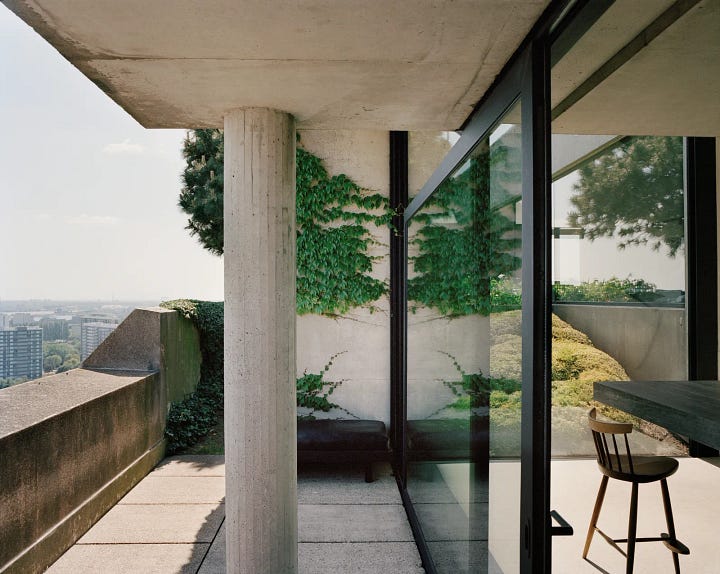
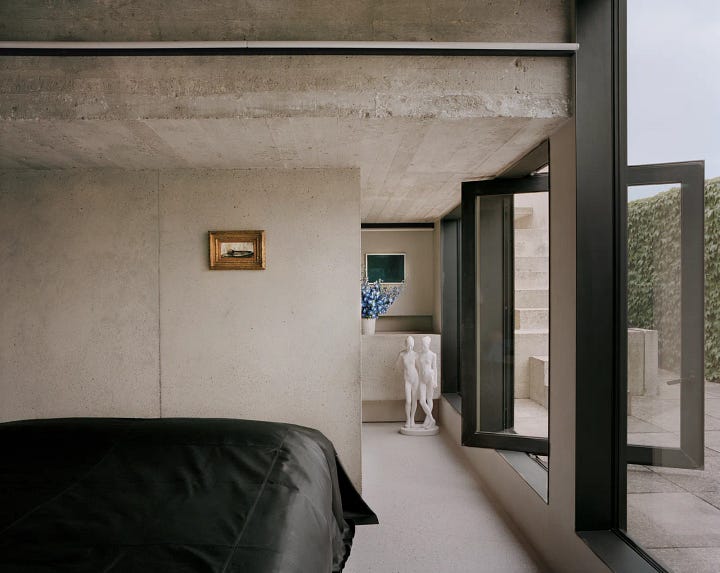
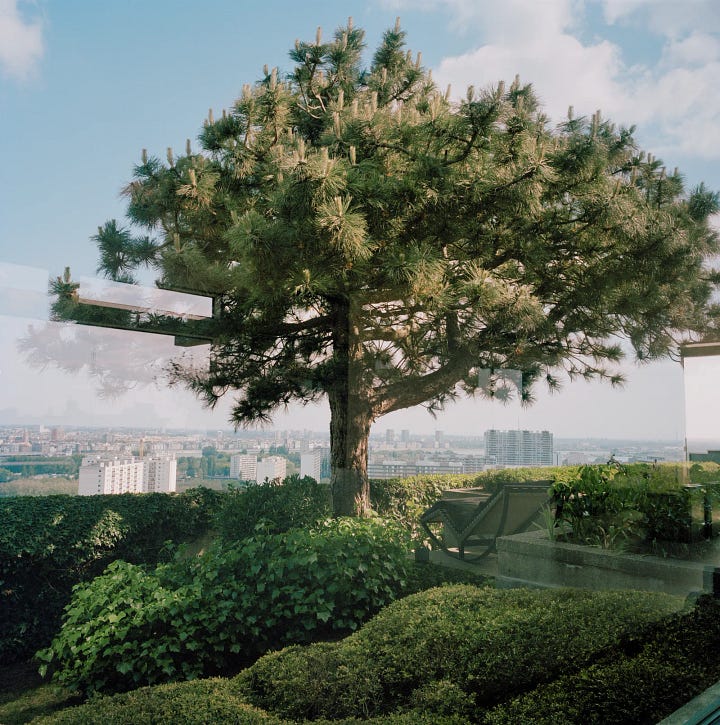
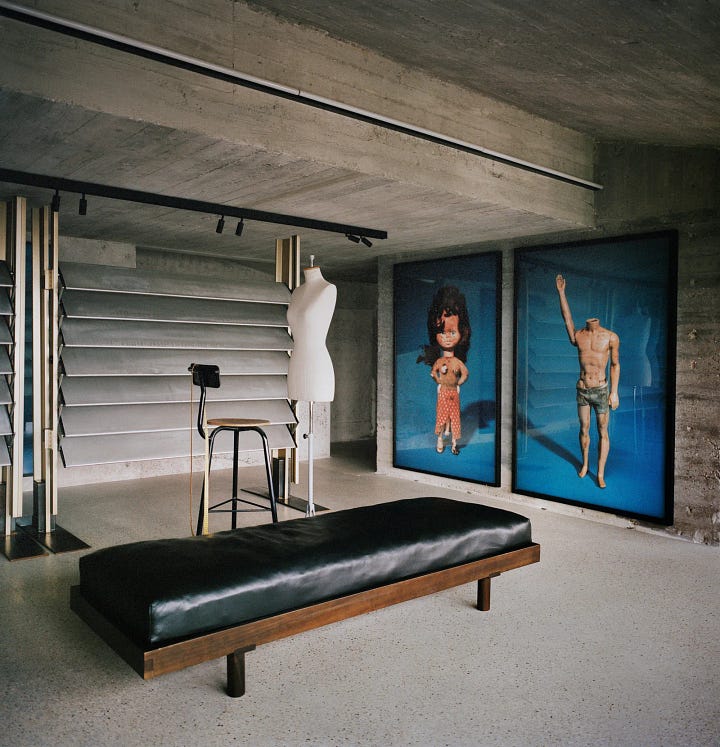
Azzedine and Pieter both have a connection to New York.
Azzedine, at the beginning of his career, had been an “if you know, you know” designer. He made clothes for his female friends who would then tell their friends, but in America he found success. American women were some of his biggest fans and clients. Bergdorf Goodman used to be his backer and later on Barneys New York. He also had a lot of American friends. He staged two shows in New York, the first one in 1982 and the second one in 1985. Art was a very big thing in Azzedine’s life as he had so many artist friends and respected artists in general. So, his 1985 show that was at the Palladium Club, the show was designed by Jean Paul-Goude who is a French graphic designer, illustrator, photographer, advertising film director, and event designer. People like Andy Warhol were in attendance for the show and took pictures of the collection as the models were walking and people were able to view some of those pictures at a special event put on by Pieter and one of Alaïa’s close friends.
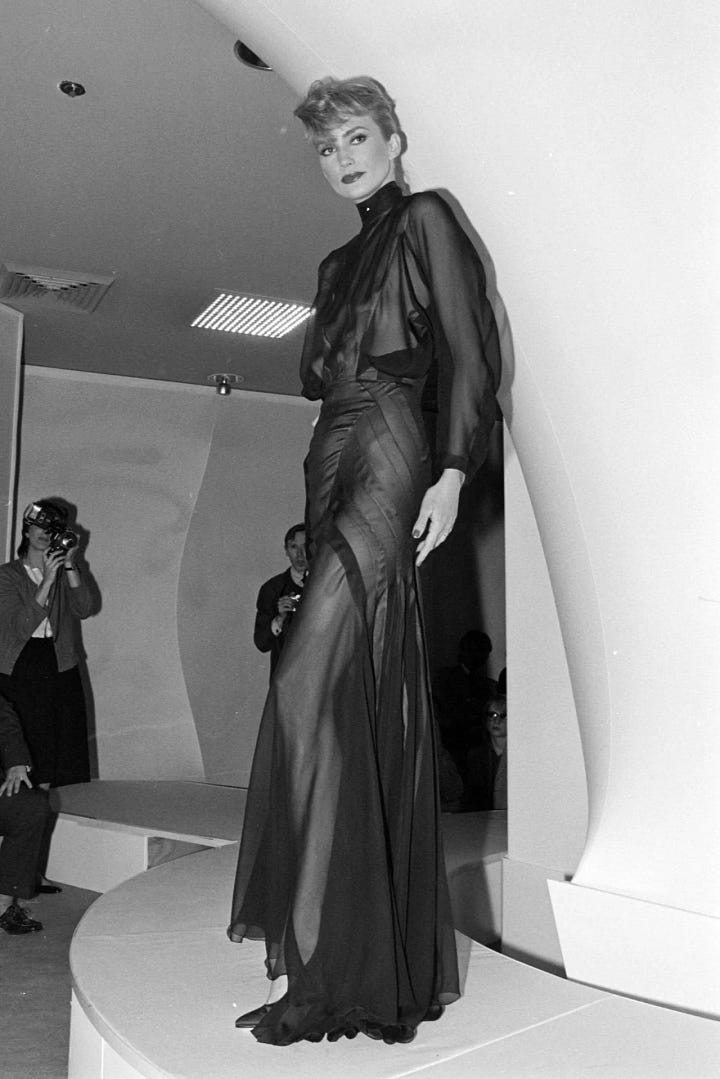
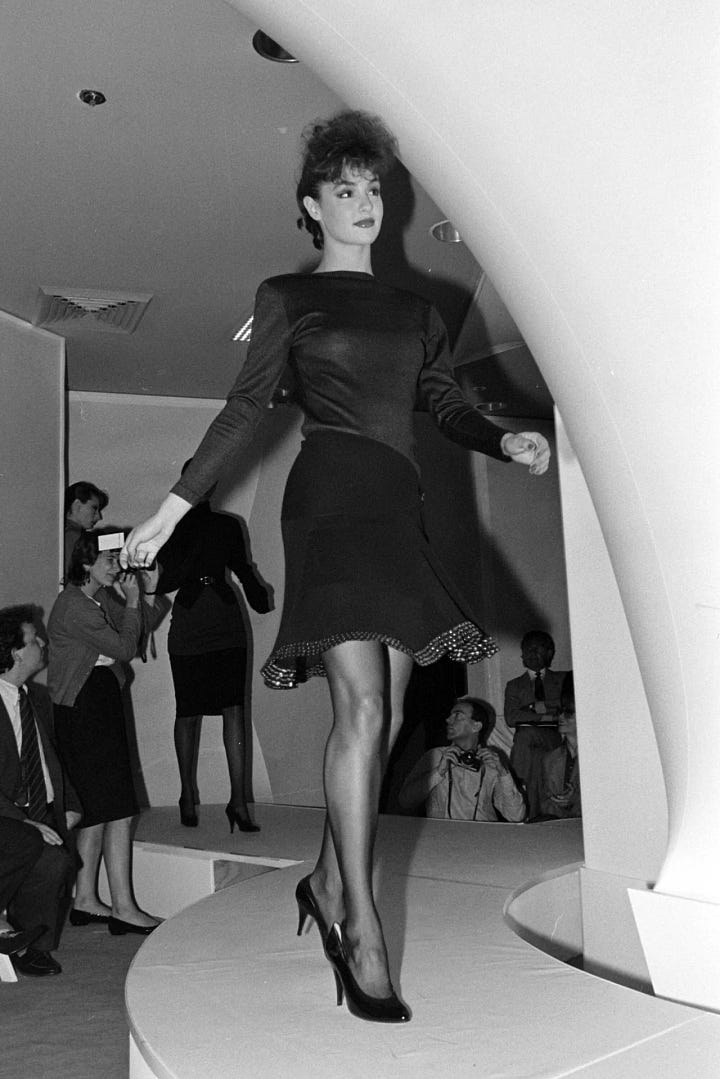
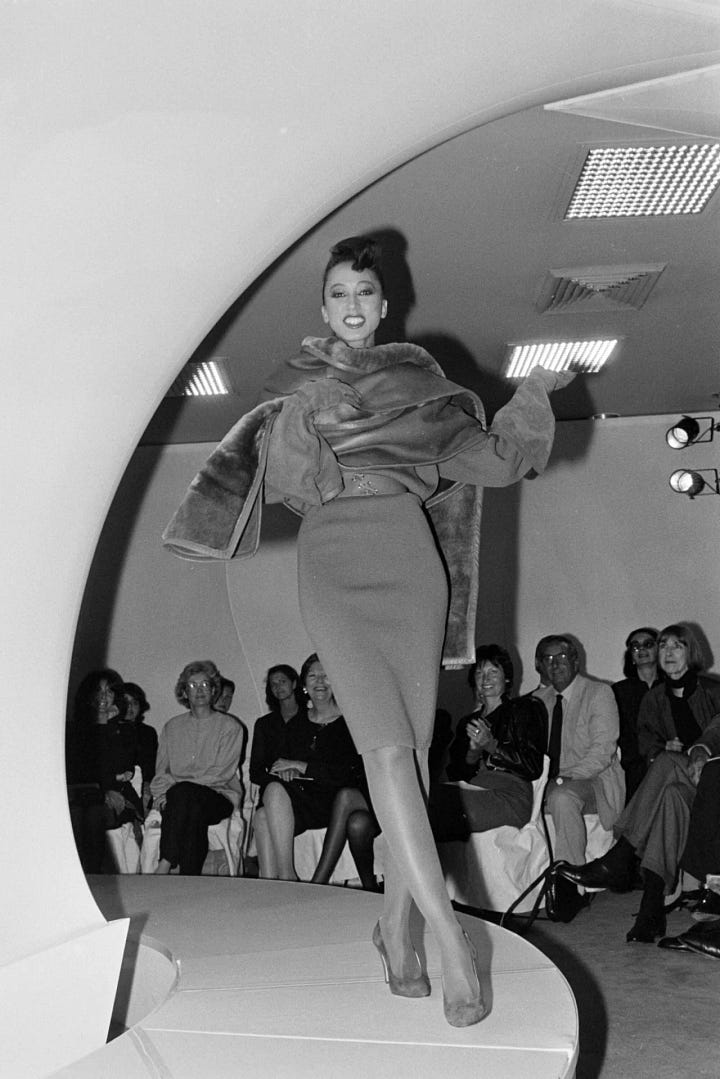
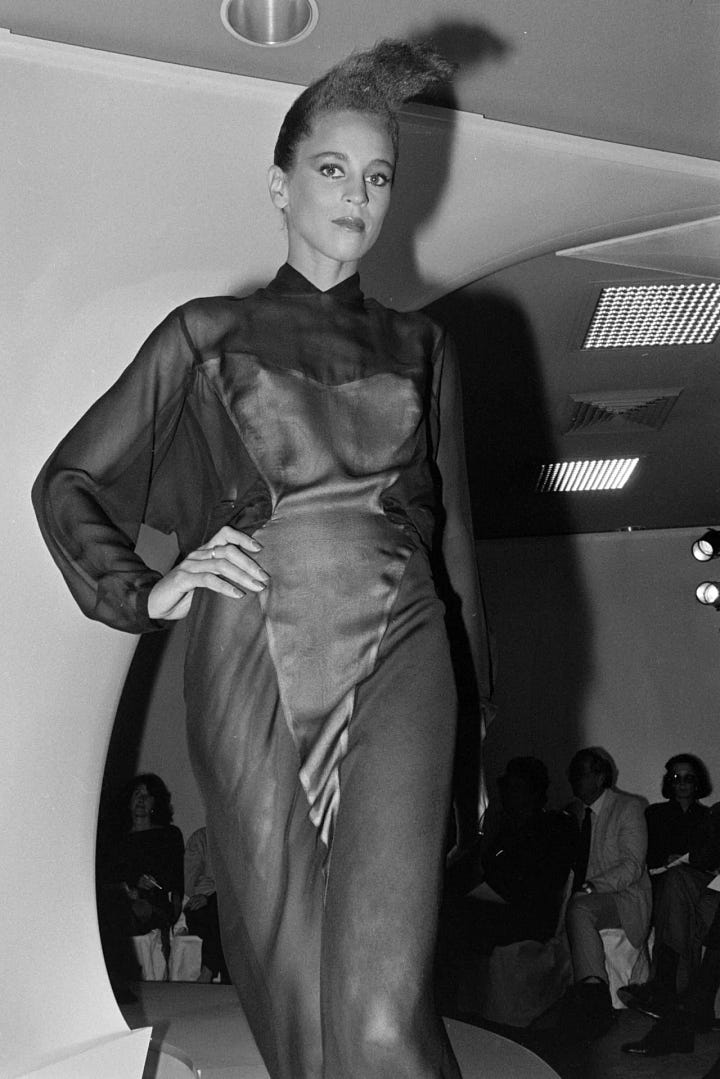
Pieter, like I said earlier has a way of bringing architecture and fashion together, and I’m not the only person who noticed because the Guggenheim Museum did too. Look 20 from Alaïa Fall 2024 Ready-To-Wear was a spiral dress that grabbed the museum’s attention because it resembles the Guggenheim building. I love that whole collection so much and haven’t shut up about it since I watched the video. In a video on System Magazine’s Instagram, Pieter said that The Solomon R. Guggenheim Museum DM’d him about the spiral white dress, so he decided to push his luck and contacted the museum back asking if they would let Maison Alaïa present there. He thought they would say no, but to his surprise, they said yes! The Alaïa Spring 2025 Ready-To-Wear was the first fashion show to take place at the museum and I think it is all about alignment. I don’t know that if he didn’t have an architectural background he would have been on their radar. The other connection to New York was that Pieter had worked there for 3 years when Raf Simons was the creative director of Calvin Klein. Pieter said his time in New York was some of the best time of his life. Then, to really bring the Alaïa and American connection together again, Pieter decided to pay homage to American designers. His work for this collection was very American sportswear-focused focused and he said he was thinking of great American designers like Halston, Herbert Levine, etc. In the Vogue podcast, he mentioned how he has been a collector of American fashion for a very long time, and that’s another thing he and Azzedine share because he too, used to collect designers’ works, so they wouldn’t be forgotten. They both respect those who came before them and make sure that their work is admired and kept in good condition.
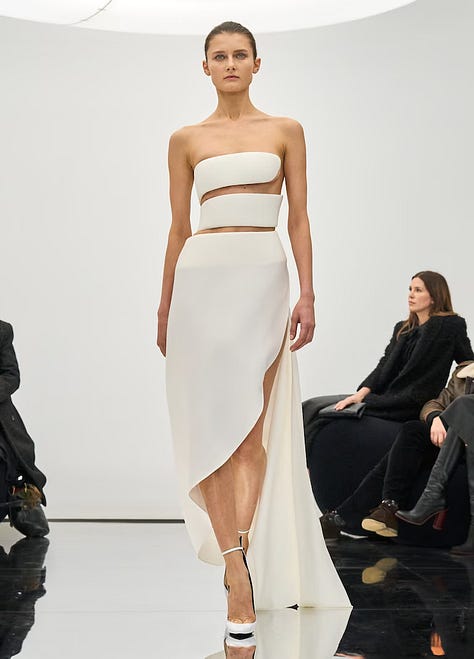
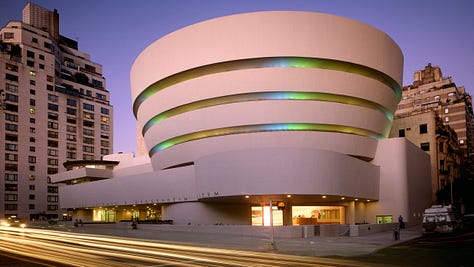
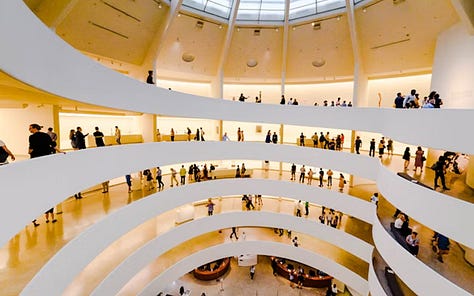
Alaïa Winter/Spring 2025
The show took place on Friday, September 6th 2024. Maison Alaïa had posted on their Instagram that the show film would be available the next day. That Friday night after the show, unofficial pictures were floating around on Twitter (X), and I was not sure about the collection from the pictures I saw, so I reserved the comments because I respect Papa Mulier too much to talk about a collection of his with no context. I even left a comment on someone’s post saying that I would wait for the film before judging, which my friend saw and texted me about later on saying “I thought you were unwell” and I laughed because, indeed I was unwell for even having a sliver of doubt in the Alaïa team. So, Saturday came and the video dropped sometime in the evening. I prepared a cup of tea, grabbed my headphones, and laptop, and pressed play. I had chills because of the music that was playing and the movement of the clothes. I don’t mean to be dramatic but when clothes are beautiful and they have a movement that is graceful and shows the time and attention that it took to make them, I get emotional!
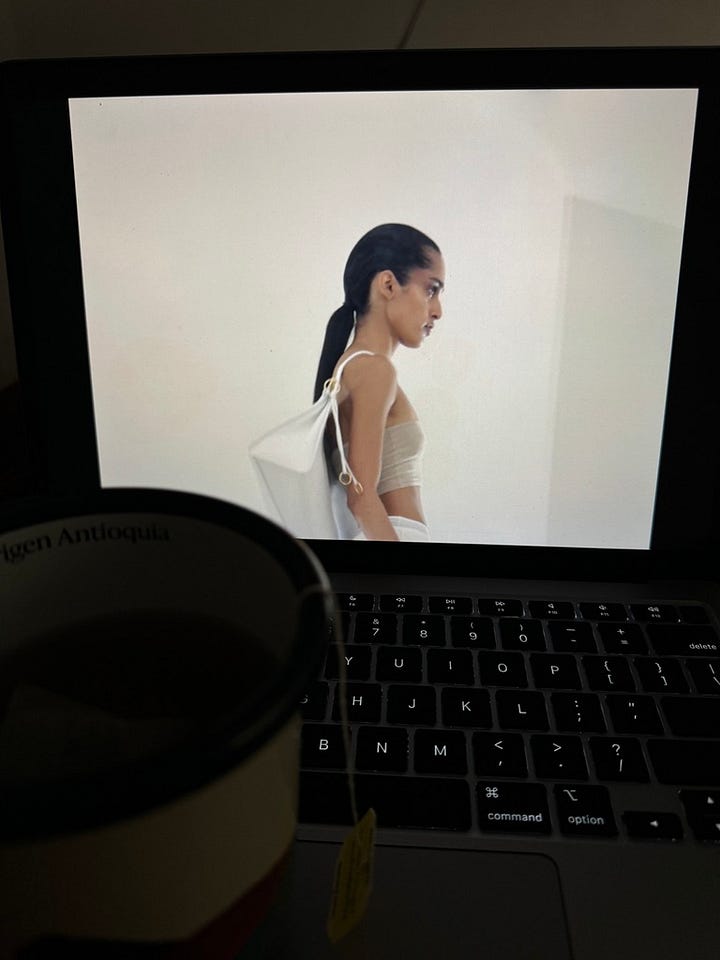
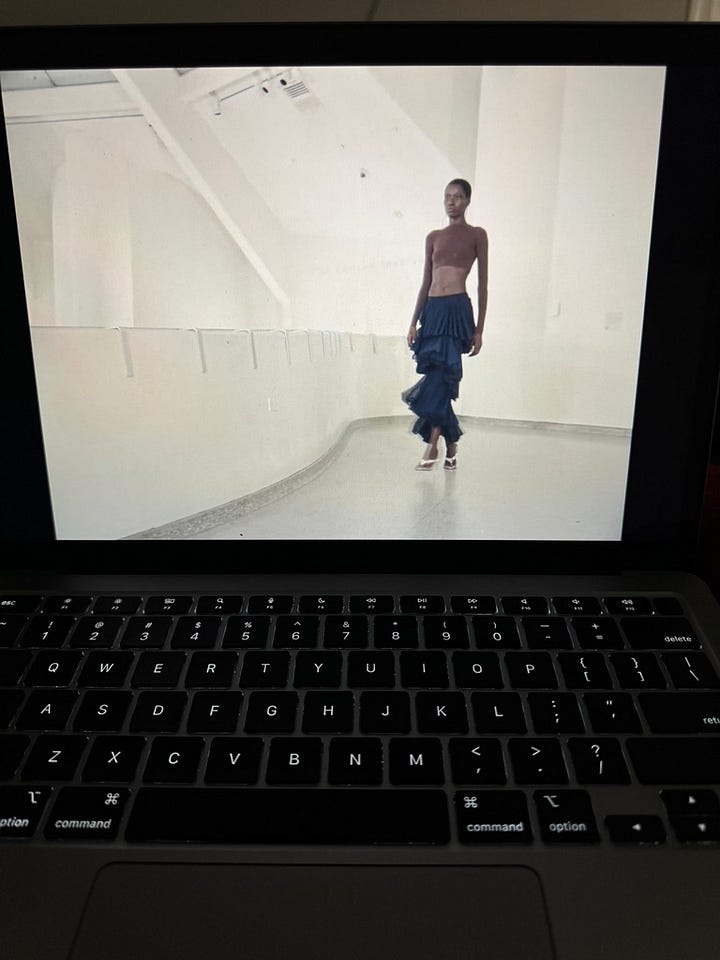
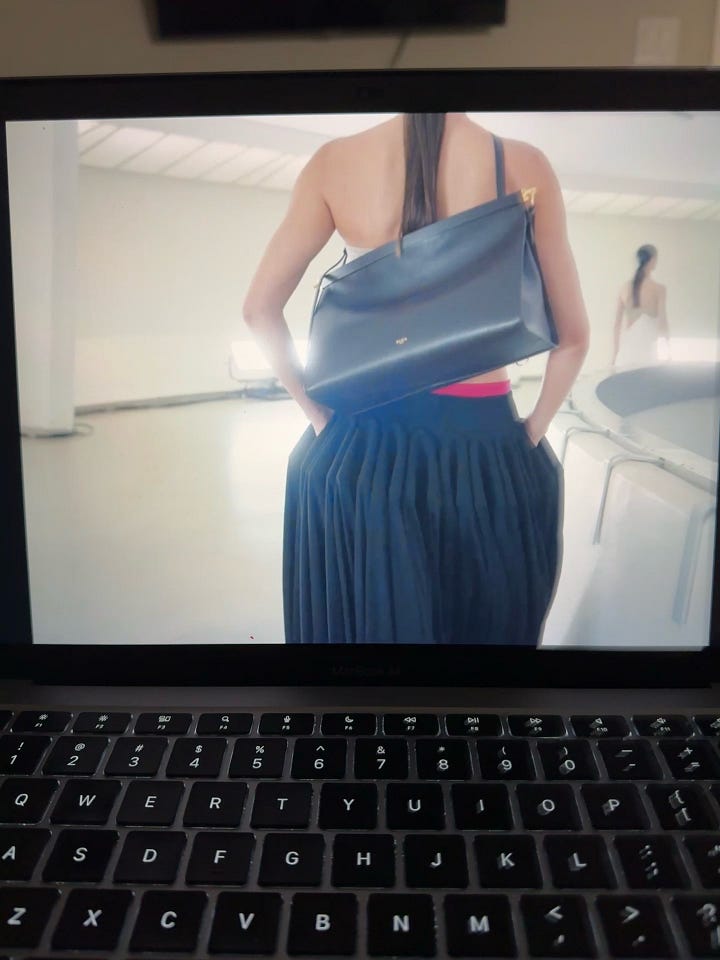
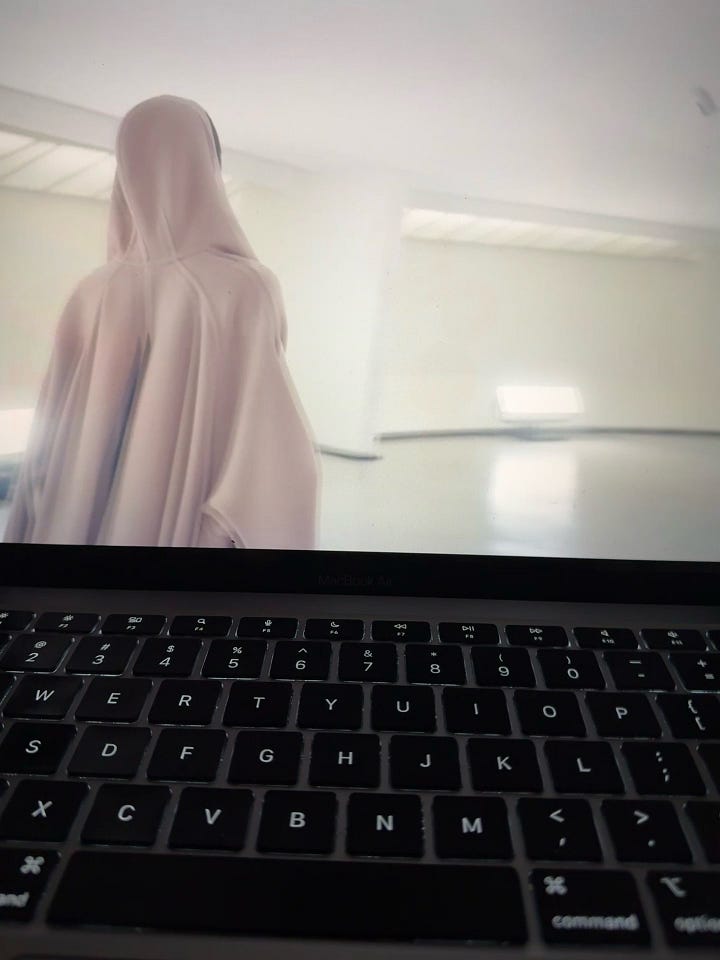
Before I watched the show film and read the show notes, I looked at the collection on the Vogue app formally known as the Vogue Runway app. My conclusion was the clothes were very simple, yet elegant. They had a lightness to them, but when you zoom in the details are incredible. So, when I read the show notes and it said “his obsession with the idea of American beauty which, to him, means a simplicity, a modernity and directness, a purity.” everything made sense. I mentioned earlier that Mulier said that this collection was inspired by American designers, and when viewing it, you see that, the American sportswear element is alive and well.
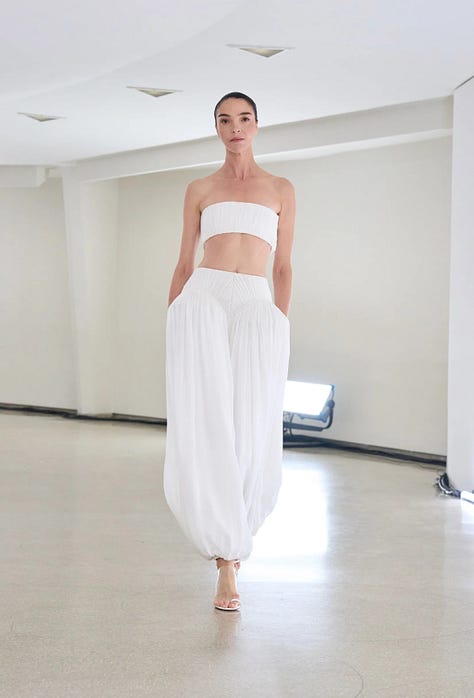

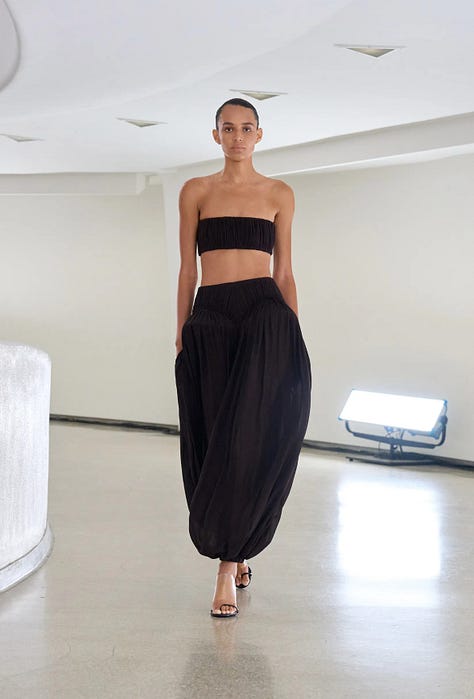
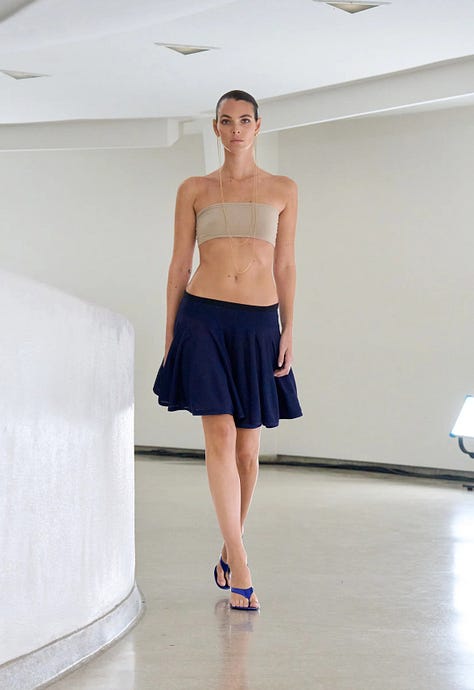
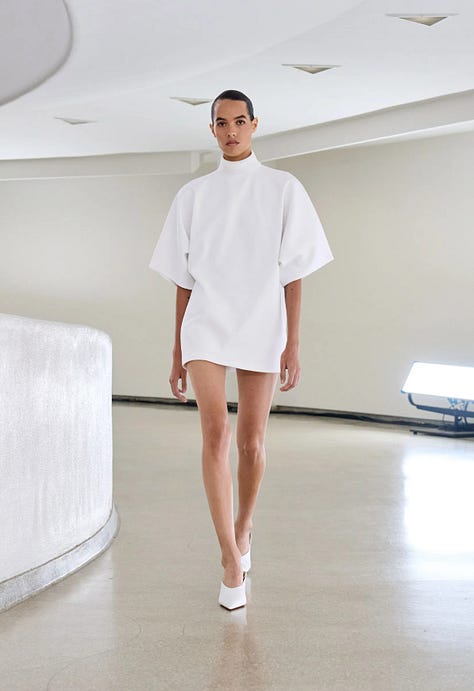
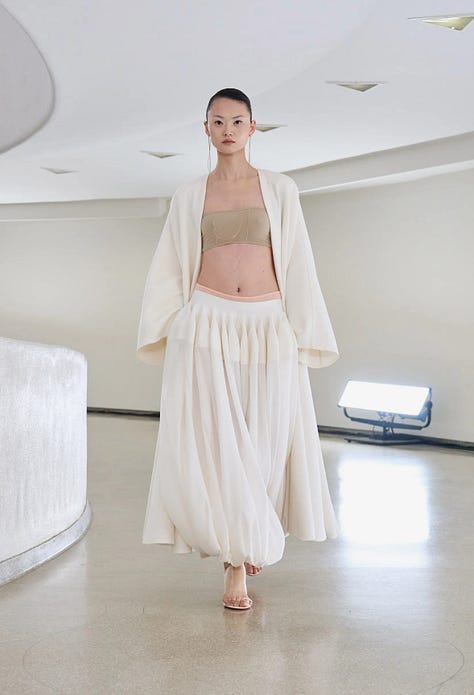

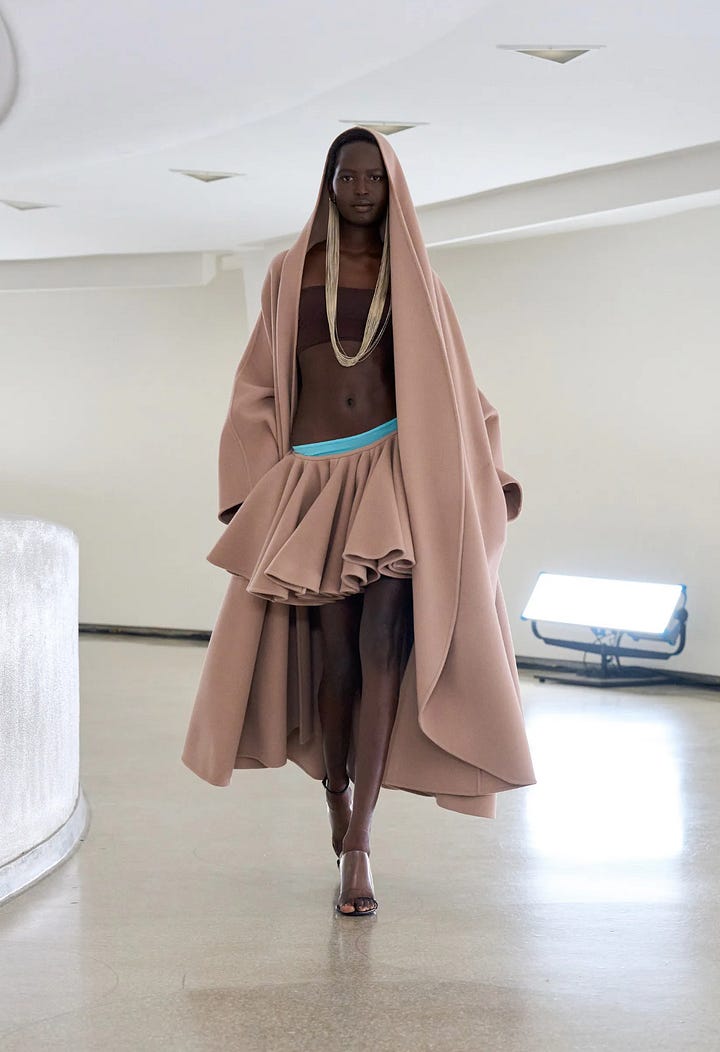
Americans love comfort and not seeming like they are trying too hard. From what I have observed they accept extravagance from European designers but refuse to accept that in their homegrown talent. They refuse to accept that trying too hard is something that is a part of their culture even though trying to appear effortless takes effort. You think of how old Hollywood glamour is often referred to as “effortless beauty” and timeless, even though the people back then were wearing the most excessive ball gowns, jewelry, and suits. it appeared smooth and simple because of all the work that goes into making it so. This is exemplified in the pictures above. You have clothes that appear very simple and that you can throw on, and accessorize when you’re invited to a last-minute event or you’re just uninspired, these are the clothes you grab for. In their simplicity, they become extraordinary, especially when you zoom in on the details, or watch the film and see the movement, but also when you get the context of how they are made. Mulier started with the Summer/Fall 2024 collection by using “No zippers, no buttons—stripping away to a dynamic simplicity.” Last season “The entire collection is created using a single merino wool yarn, reinvented over and again with the Maison’s textile and knitwear suppliers, who have worked with Alaïa for four decades.” So, it seems he and his team decided to keep pushing themselves by not incorporating things we would usually consider not only beneficial but essential to clothes.
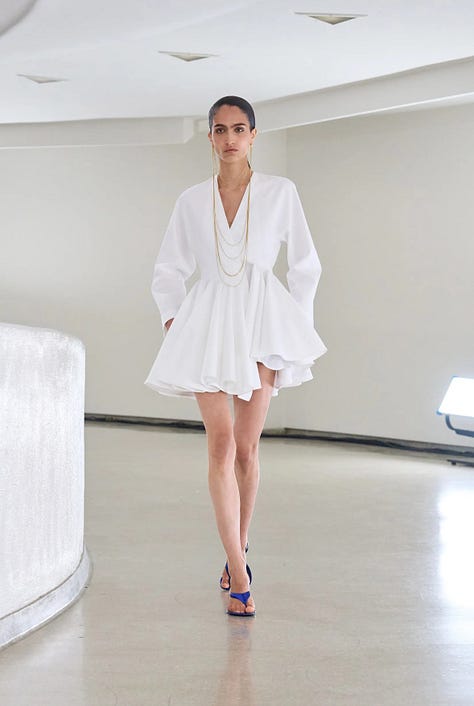
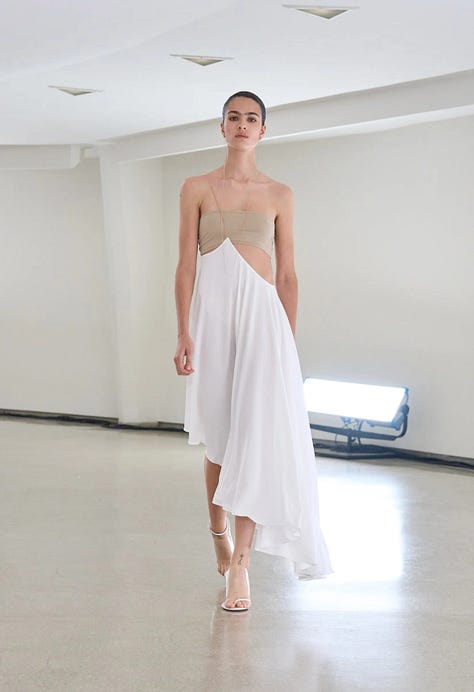
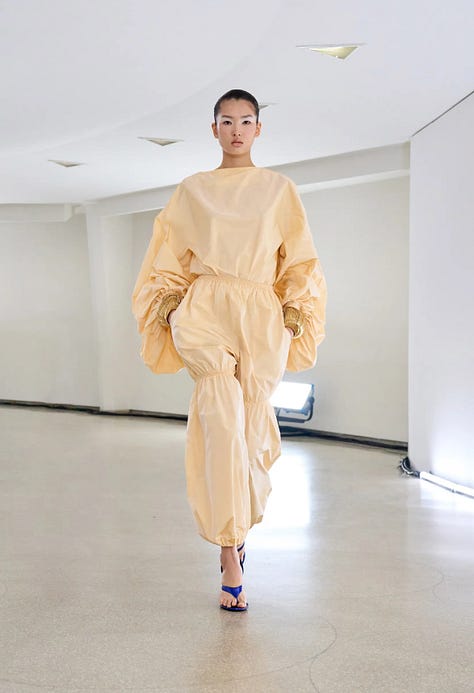
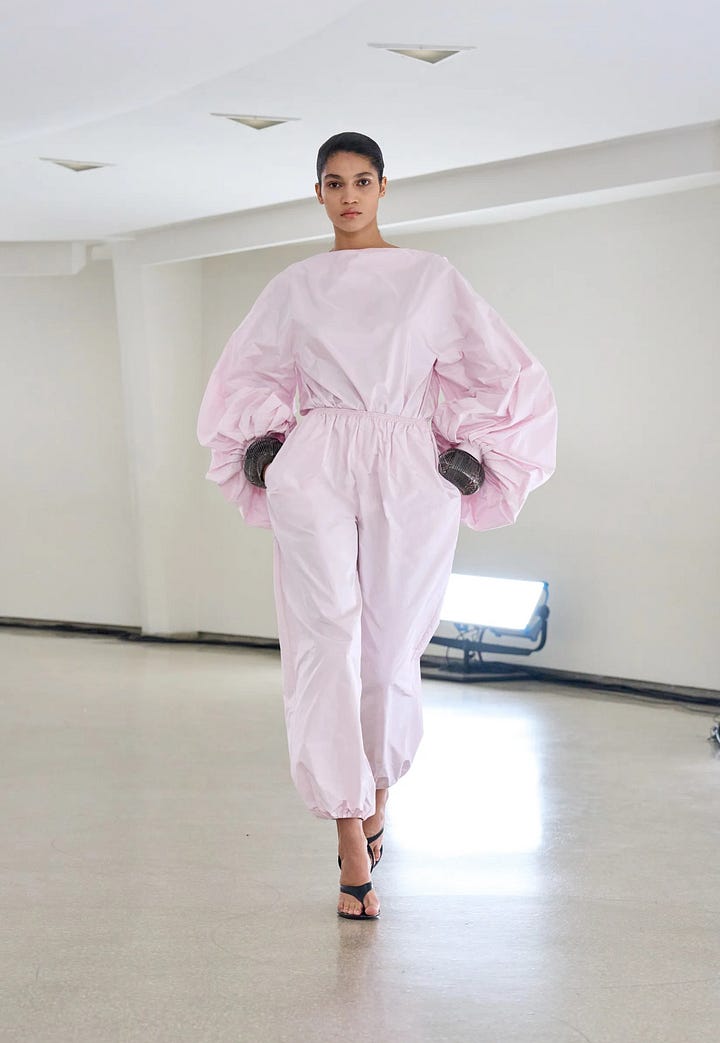
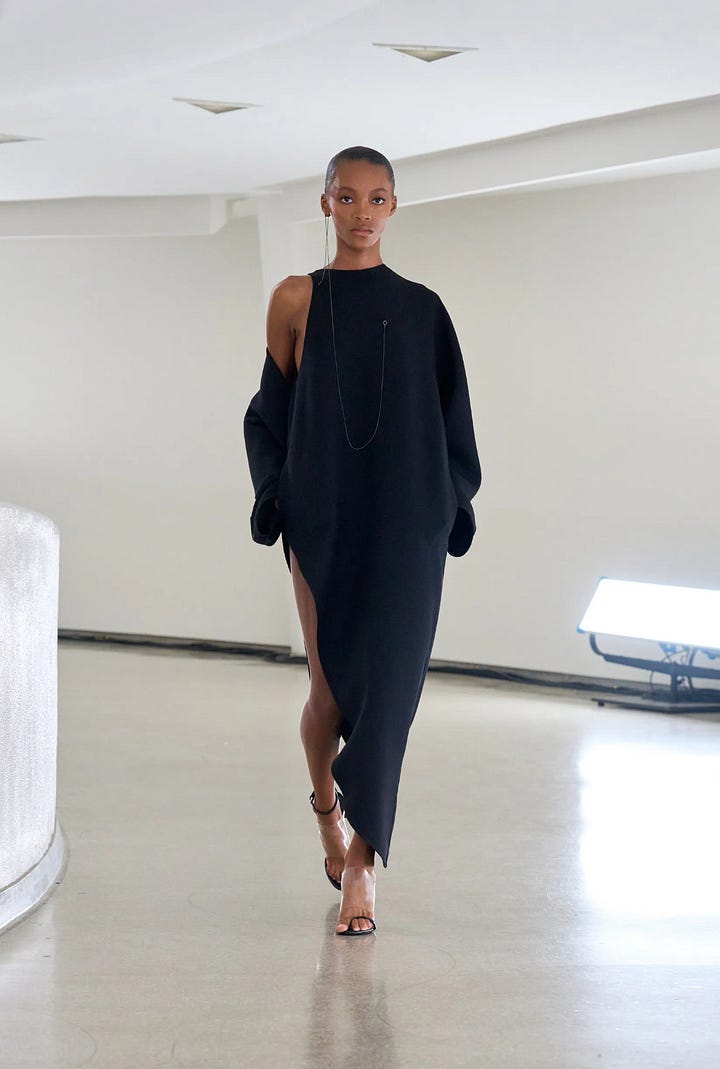
This part of the show notes grabbed me. “Some pieces seem suspended, held in position by imperceptible internal structures, like magic tricks.” When I read this I said YES! Because when I saw the pieces he was talking about I rhetorically asked myself, how are they not falling? This goes back to architecture. One day you see a house being a plot of land and a house is being built from the ground up. you see all that goes into it but once the house is done, the materials that were taken to make it are invisible, it is like a magic trick, and Mulier is doing that with clothes. It also reminds me of the quote from earlier by Mr Alaïa “Fashion is the body.” and that could not be any more true than in the pieces shown below. It is like the clothes were sculpted on the body but they are still fluid and flowing, so you would think glue was used to stick some parts of the clothes to the body. It is spectacular. The pieces from Winter/ Spring 2025, also feel like they were an extension of some of the pieces from Summer/Fall 2024 including the spiral dress that is similar to the Guggenheim Museum.
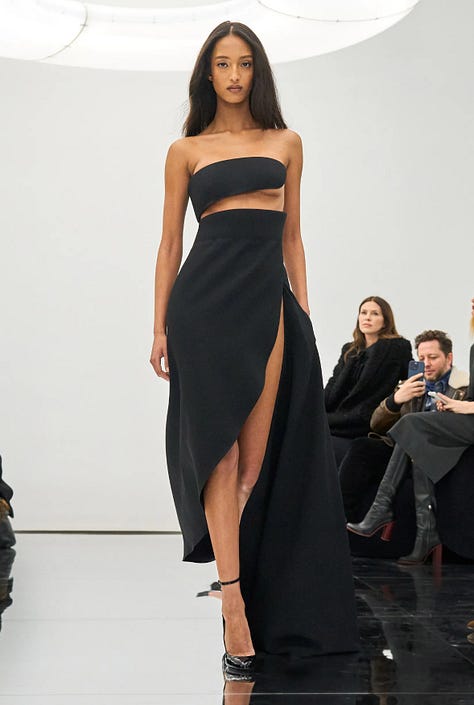
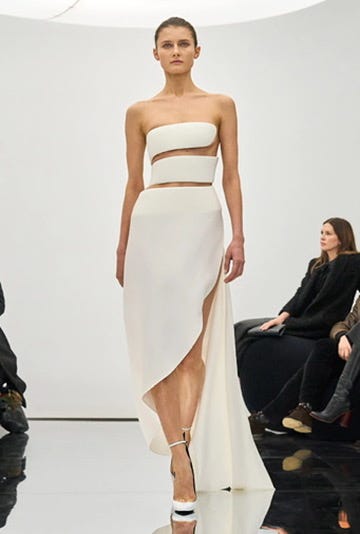
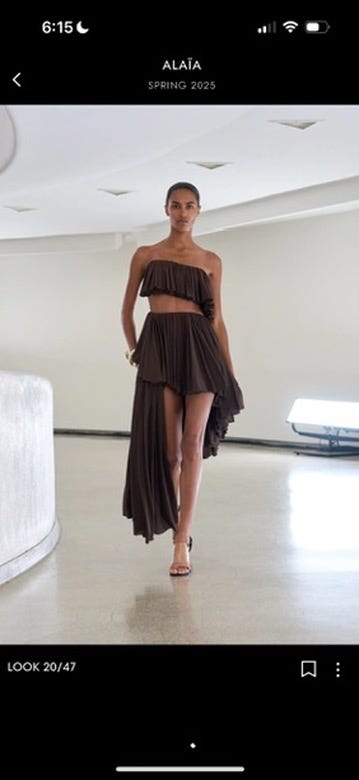


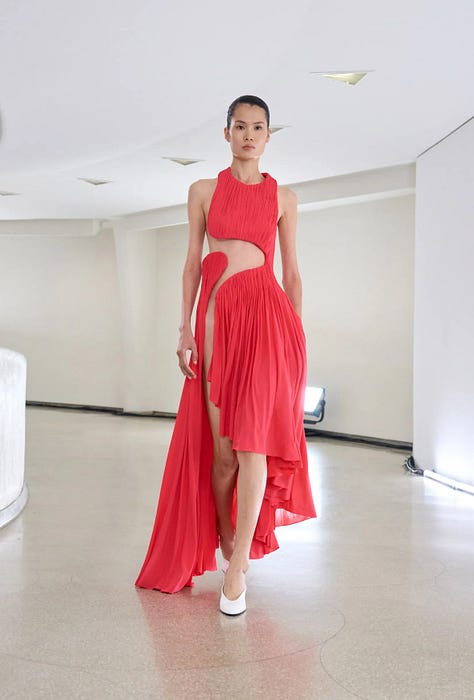
I always want Alaïa to be about more than the clothes. Because it is about more than the clothes. It’s about life, about being together.“ – Pieter Mulier, From Alaïa Summer Fall 2024 show notes.
This collection is about honoring tradition alongside modernity. It is a celebration of an American ideology of dress, and through that, of a spirit that can unite New York and Paris—the body in motion, liberated. As Alaïa always has been.” — Pieter Mulier, From Alaïa Winter Spring 2025 show notes
I don’t know how to end the piece, so I leave you with the above quotes from Papa Pieter Mulier because I feel like they sum up how I think he is the perfect replacement for Mr. Alaïa and also, my feelings on the recent collection. The respect and love for the women is in the DNA of Maison Alaïa and long may it keep thriving.
Links to sources mentioned.
Interview Magazine-Azzedine Alaia
Pieter Mulier at Alaïa: What to Expect
A Look Back at Azzedine Alaïa’s ‘King of Cling’ 1982 American Runway Show Debut




It really was all about alignment. I love reading these pieces with the background information because it all works out as it should in fashion! Oh that heavenly quote about how the starting point in both fashion and architecture is the human body… that’s genius! Because that IS the starting point. And it closely lines up with your point about how when you saw the clothes… you wondered how they weren’t falling off. They didn’t fall off because they were made with the body in mind. The woman’s body, to be exact! This collection was personal to me. This collection was personal. And the only way to truly appreciate it is to watch the video on YouTube, to look at the building chosen as the canvas for the models to walk in, and as well as the movement. I could go on but all in all… thank you for this brilliant piece. Thank you fashion gods for sending us this intelligent beauty!